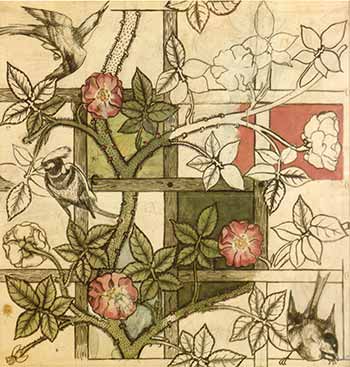Subscribe to the O’Reilly Design Podcast, our podcast exploring how experience design — and experience designers — are shaping business, the Internet of Things, and other domains.
In this week’s Design Podcast episode, I sit down with design researcher and data scientist Pamela Pavliscak. Pavliscak is the author of Data-Informed Product Design, a free report from O’Reilly, and will be speaking at OReilly’s inaugural design conference.
Pavliscak talks about the delicate relationship between data and design, and why it’s not an either or proposition, as well as why designing for happiness is good for business.
Here are a few highlights from our conversation:
We like to think in dichotomies for when it’s either data or intuition. I think of it more like archaeology. Archaeology is not always about finding the big celebrities or what the important heroes and personalities of history do. It’s about learning more about the everyday practices of people. You have these clues, these traces left behind. Like archaeology, the science gets more sophisticated. Archaeologists have remote sensing and X-ray guns. Data scientists have algorithms and AI. The big difference is, these people that we’re learning about with data science are still around. We can learn about them in their own words and rely on them to share their feelings and their context. For me, it’s not really an either-or, but more of kind of an improv ‘yes-and’ kind of relationship.
I always suspected that delight, that concept that we have in design, wasn’t the full story of what made people happy. The small moments, the small pleasures certainly factored in, but it really seemed that the patterns fell into this kind of deeper meaning. I would see people for Humans of New York — this is the happiest site in the world for people. Not in the sense that it’s showing happy things, but because it makes people feel connected. It’s connected to a story, and it’s connected to a story that’s not complete. There’s still room for people. Those are the kind of moments that came out.
You’ll find that happier employees are more productive and they find more meaning in their work at the same time. Even way back to the 80s, I found some research on product detachment, and found that happiness and brand detachment are somehow linked together. There’s Martin Seligman’s PERMA, there’s subjective well-being scale, there’s Maslow’s hierarchy, which of course we all know by heart. Countries are applying happiness initiatives to supplement their GDP. We’re learning more about this through behavioral economics and these different models.

